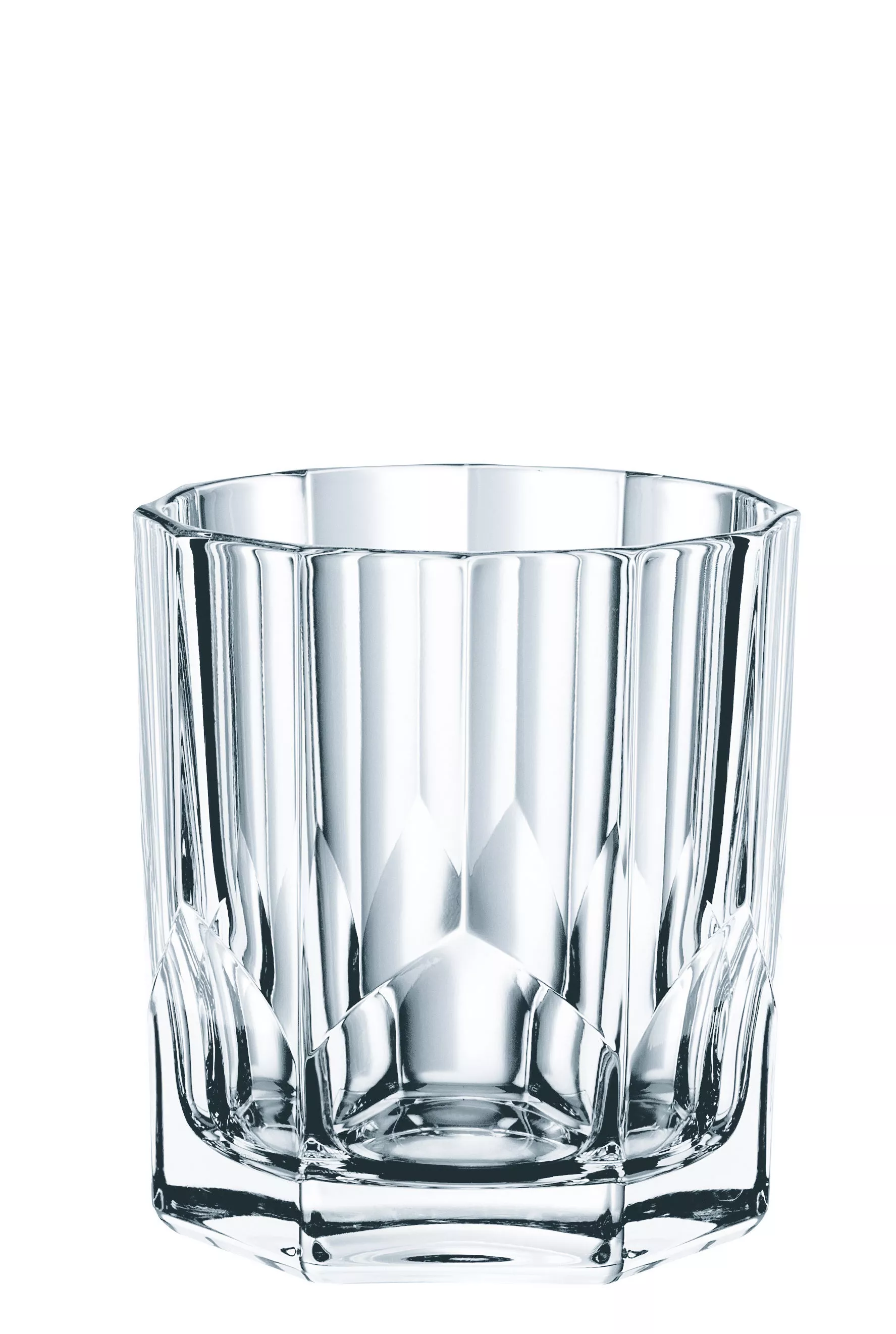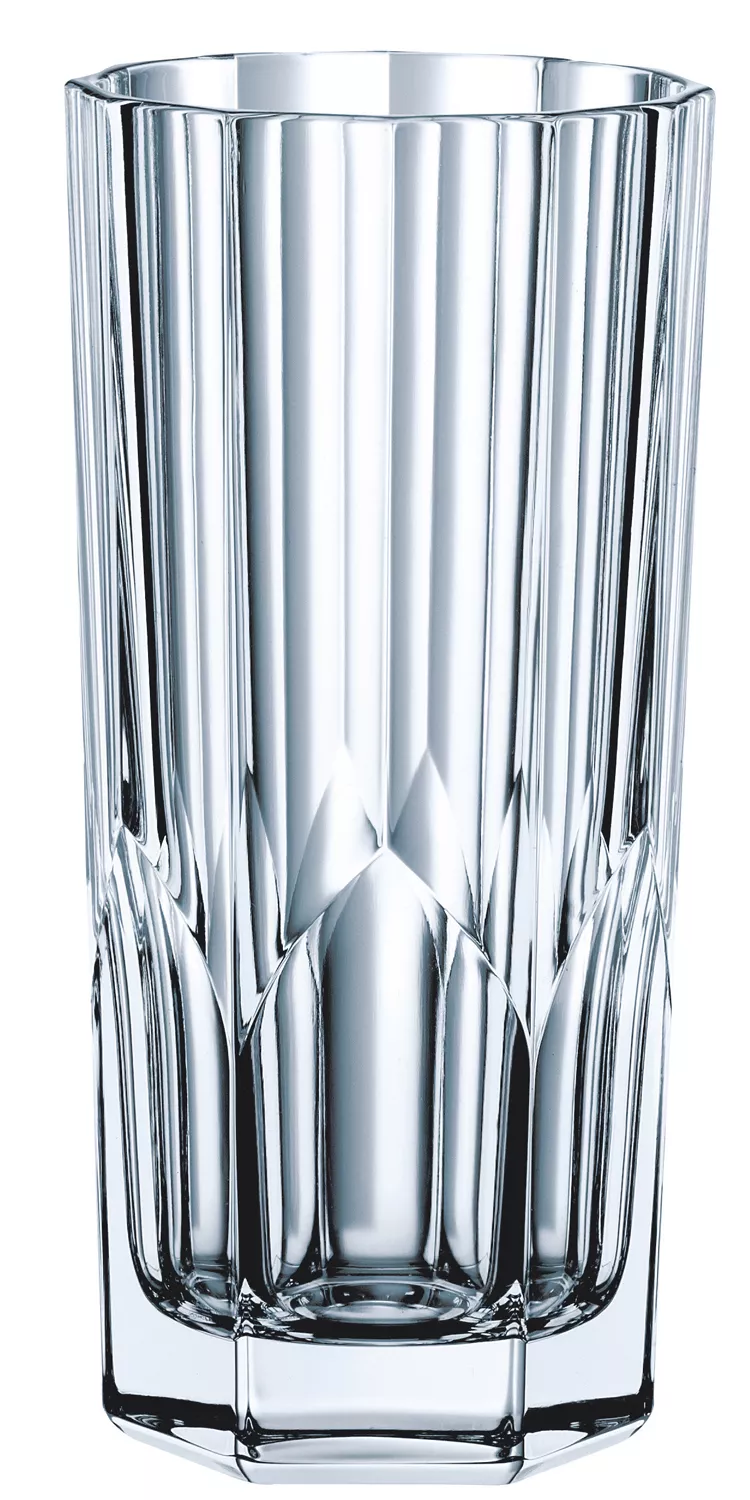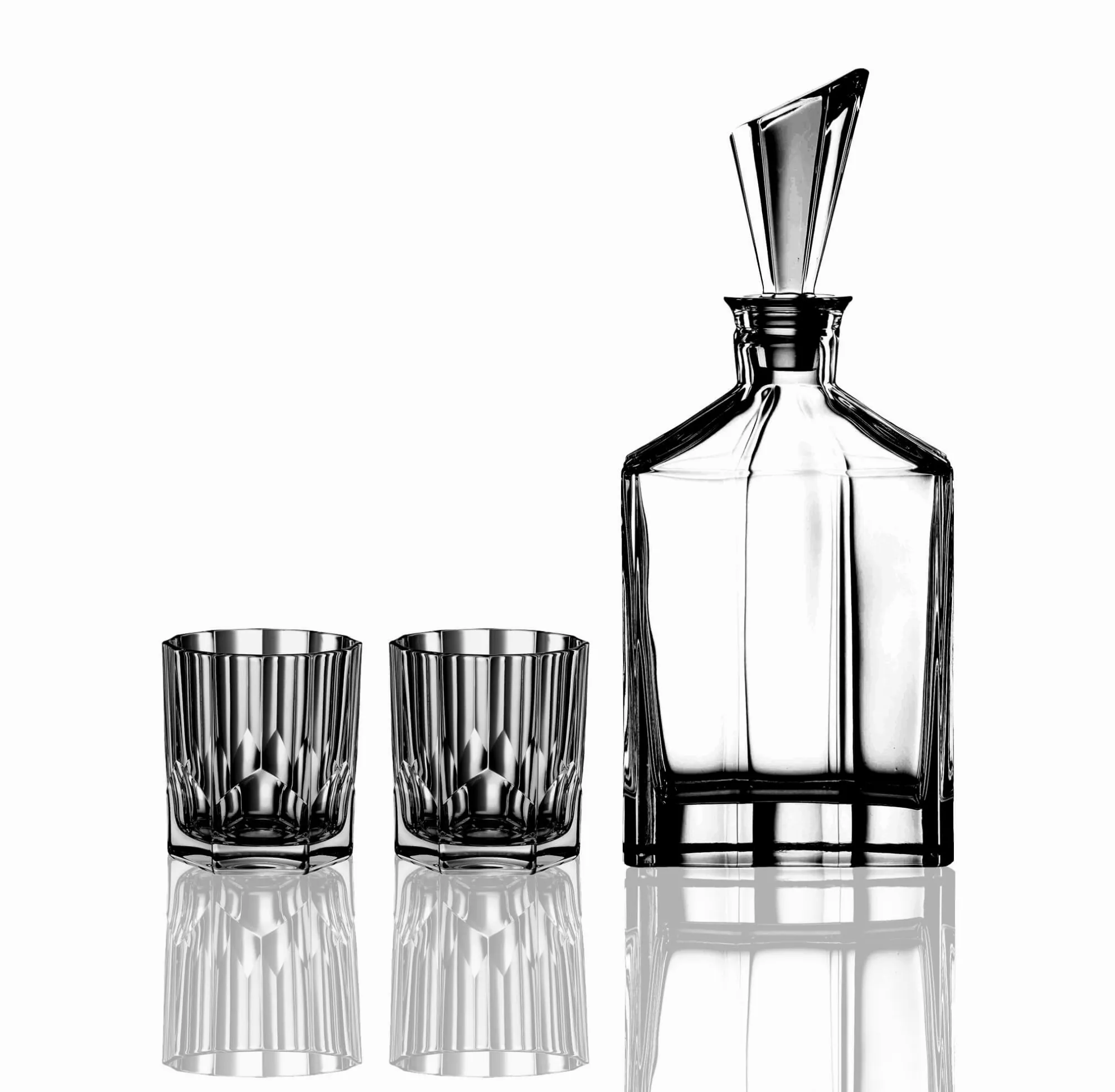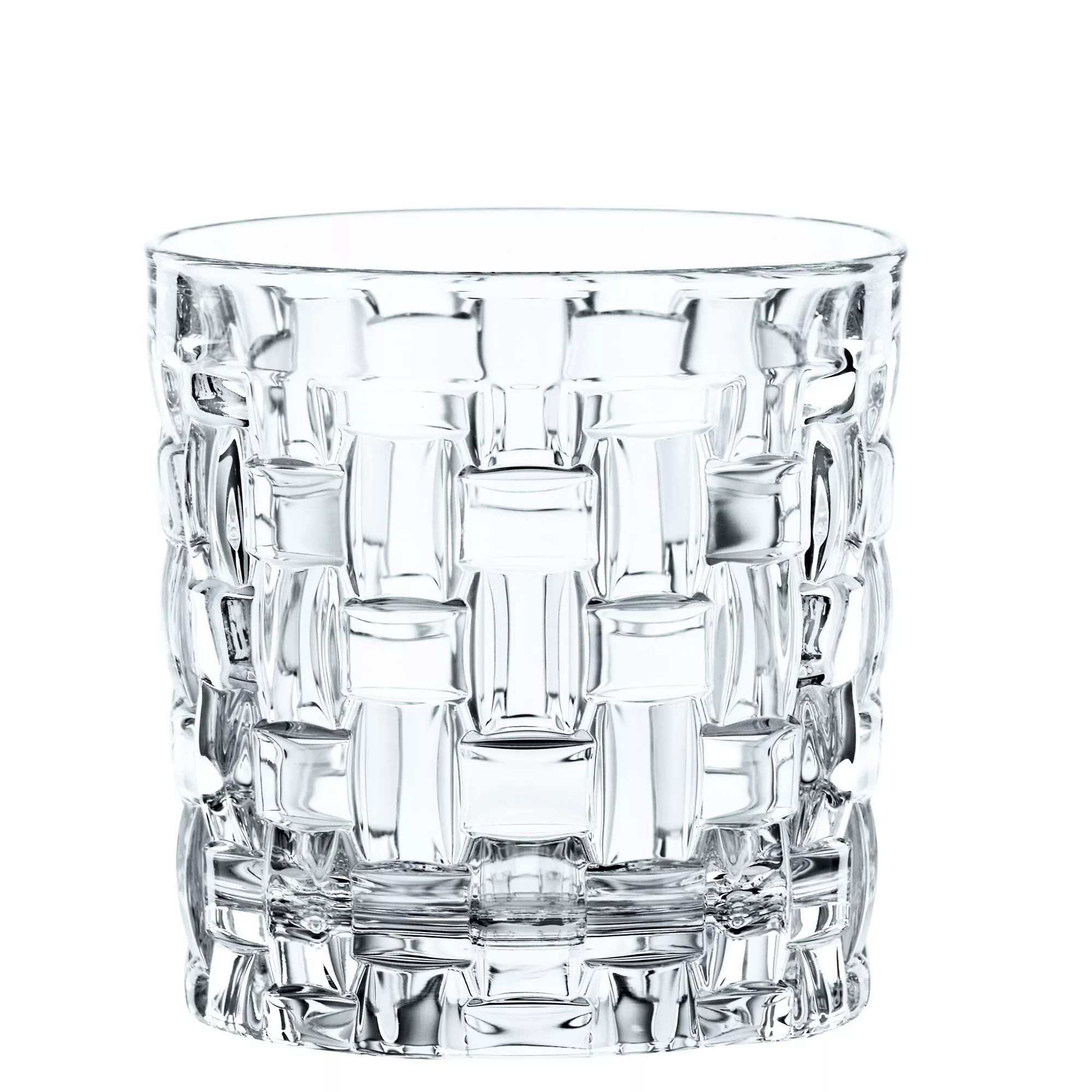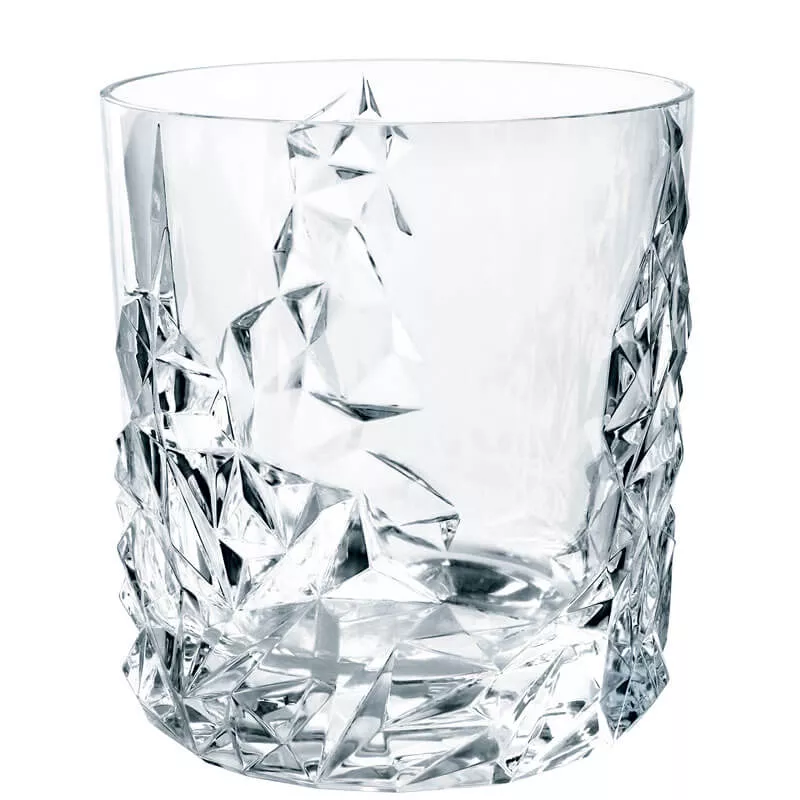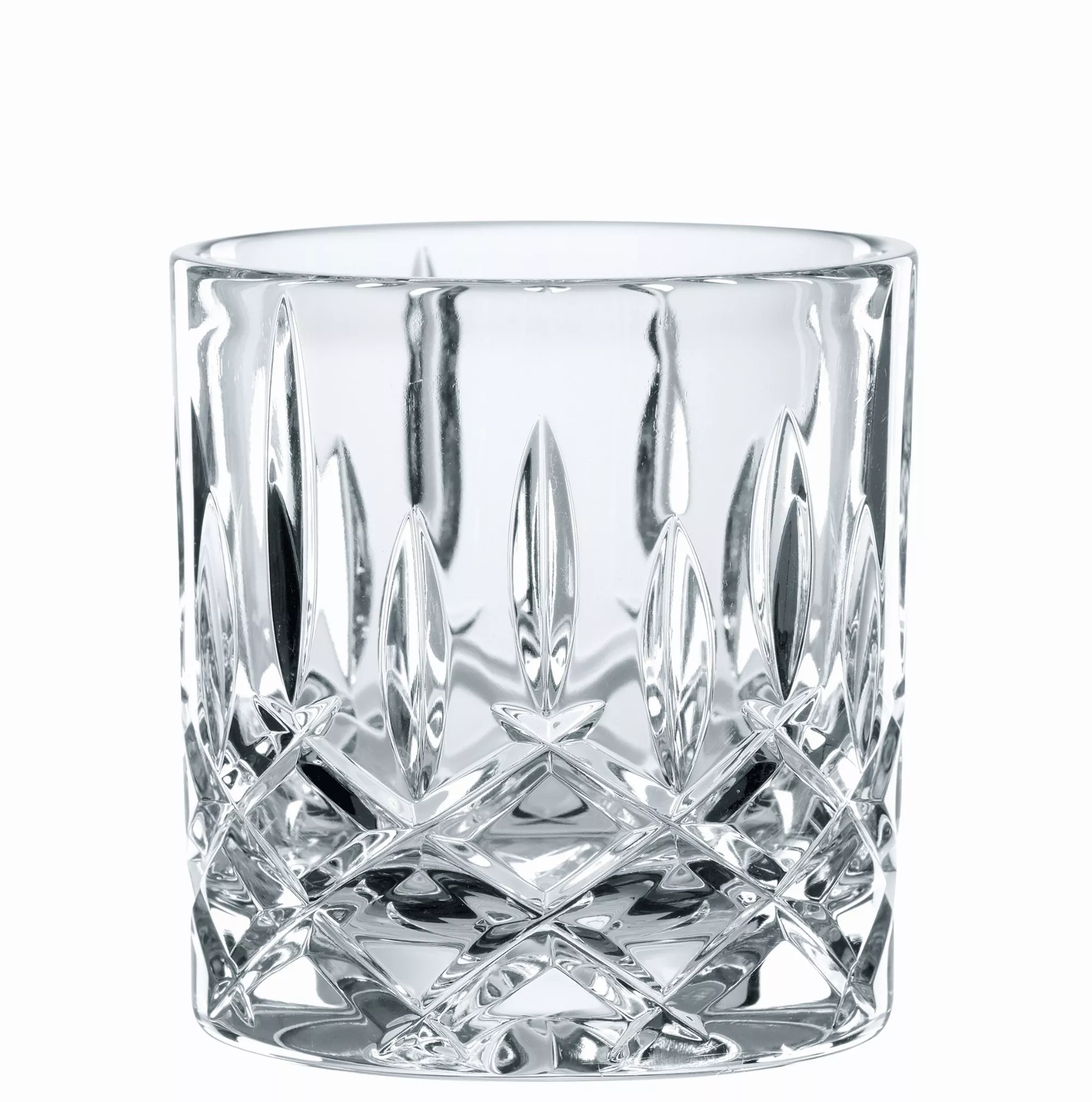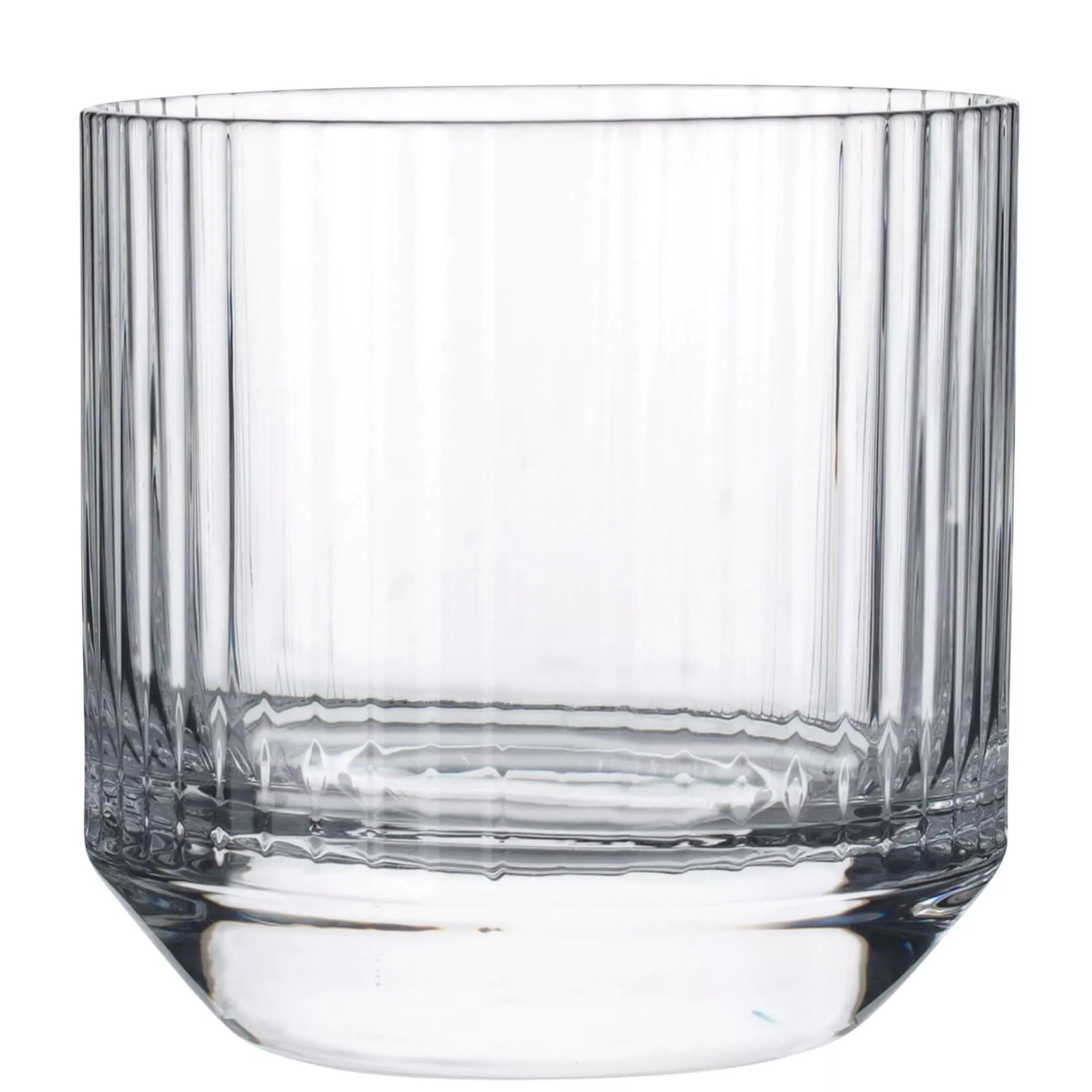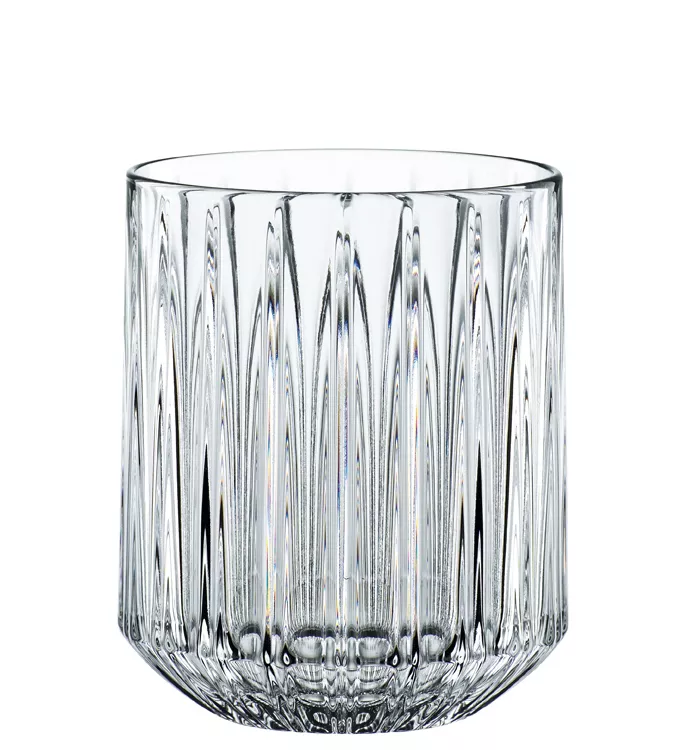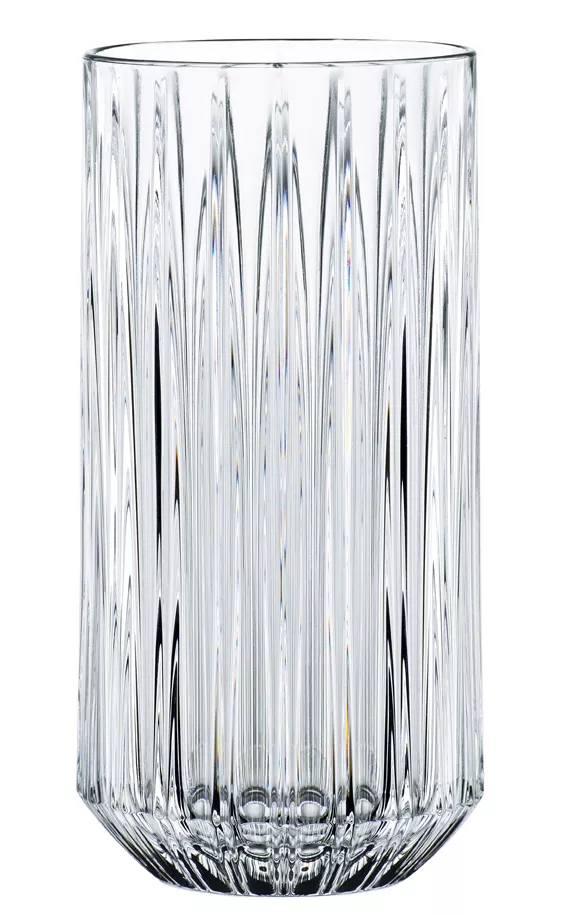Whisky Tumbler, Aspen Nachtmann - 324ml
Whisky Tumbler, Aspen Nachtmann - 324ml
Case of 12
Prices incl. VAT plus shipping costs, free shipping (DE) from 99€**
immediately available
€4.13 for Piece
1 Whisky glass
Prices incl. VAT plus shipping costs, free shipping (DE) from 99€**
immediately available


